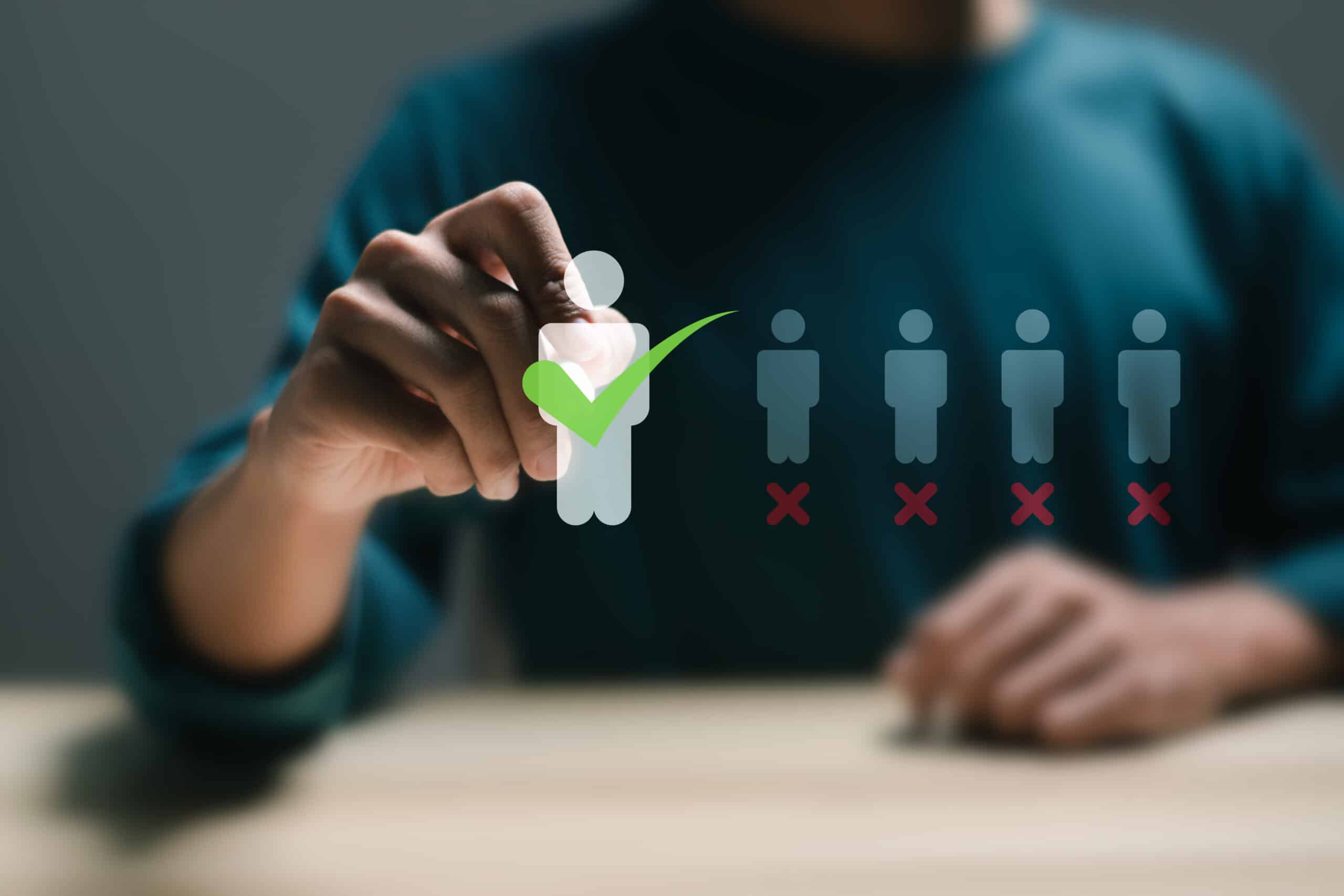Industry:
Solution:
How to Comply with OSHA’s Requirements for Reporting and Recording Work-related Injuries and Illnesses
In compliance with United States OSHA regulations, employers with 100 or more employees are required to record and report workplace injuries, illnesses, and fatalities.
This guide will prepare EHS Professionals with a comprehensive understanding of OSHA’s rules and requirements for recording an injury or illness as we explain reporting, recording, and online reporting requirements in detail.
This guide covers:
- The difference between OSHA reporting and OSHA recordkeeping
- The key elements of the OSHA Reporting and OSHA Recordkeeping standards
- How to use the OSHA recordkeeping forms (301 Incident Report, 300 Log, and 300A Summary)
- How to prepare for the recent changes under the new Final Rule and updated reporting requirements for 2024












